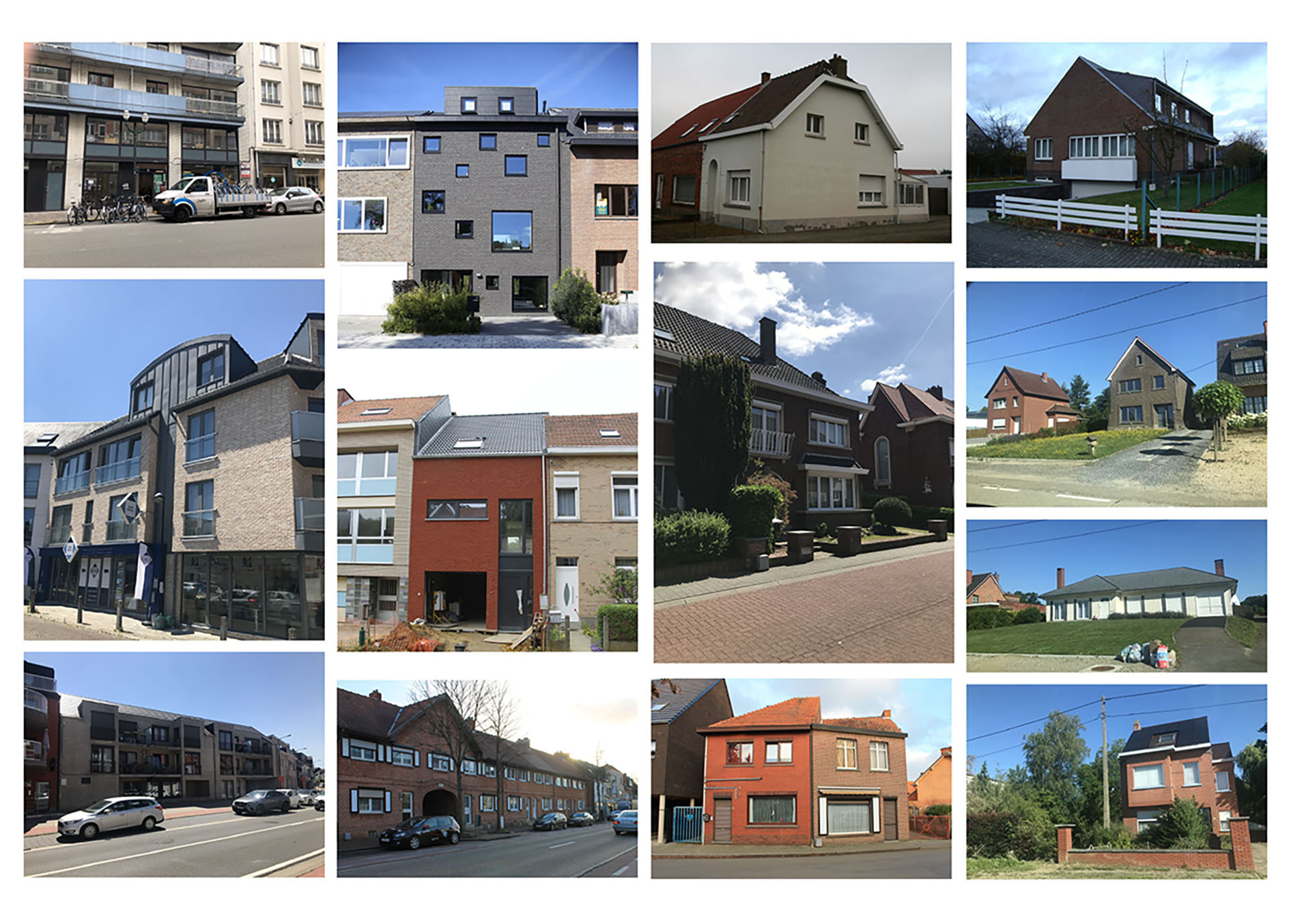The village people?
DOI:
https://doi.org/10.47982/1mh.14Keywords:
Covid-19, coronavirus, housing preferences, housing choice, urbanity, suburbanizationAbstract
The impact of COVID-19 on urban life and cities has been increasingly discussed over the last months. Academics, civil society organisations, policy makers and journalists have reflected on how this exceptional situation impacts cities, urban life, and people’s lives in general. A wide range of perspectives emerged in these contributions in the popular media. Almost all of these pieces point at the current shortcomings of our cities and discuss possibilities for improvement, and the role of policy makers in realising greener cities and adequate housing. When discussing the impact of COVID-19 on people’s housing preferences it is often assumed that a growing number of people will (prefer to) leave the dense urban cities and move to the country side or the more rural areas where the qualitative living environment rejoices their heart and where they can enjoy their own private gardens.
At least two points of critique need to be raised in relation to these opinion pieces: First, the suggestions and findings are old wines in new barrels. Sufficient green and open spaces, qualitative housing options, the need for mixed area developments and proximity to amenities etc. are indeed important if we want to have cities that provide a good life for all. We have known this for years and the literature on this is substantial.
Second – and central in this contribution – is the observation that these opinion pieces are exactly that: opinions... They reflect the ideas, beliefs and the gut feelings of the authors, but are not grounded in research on the effects of COVID-19. We aim for a more nuanced debate about the urban context, grounded in empirical insights and research findings.
Downloads
Posted
License
Copyright (c) 2020 Caroline Newton, Nele Maes, Jana Verstraete

This work is licensed under a Creative Commons Attribution 4.0 International License.
